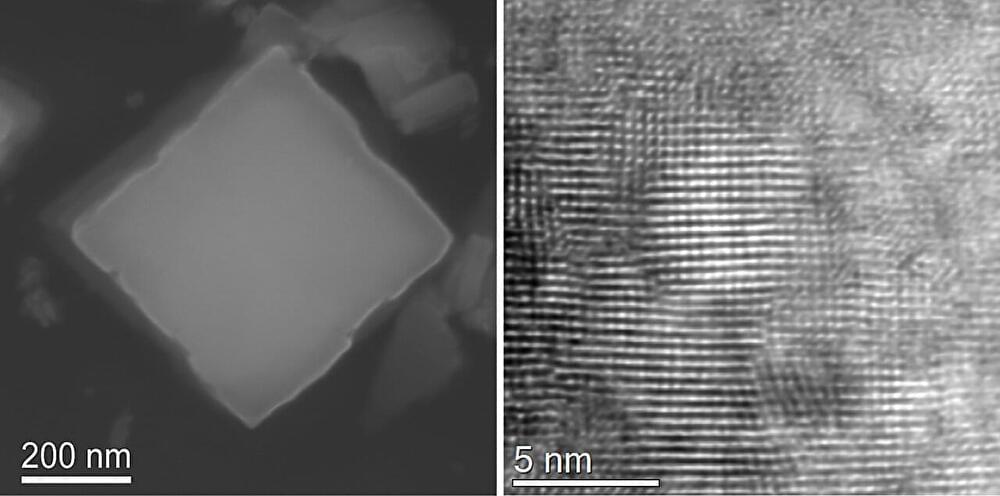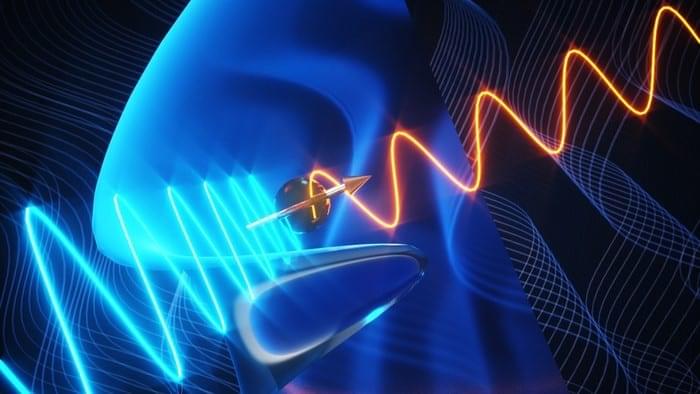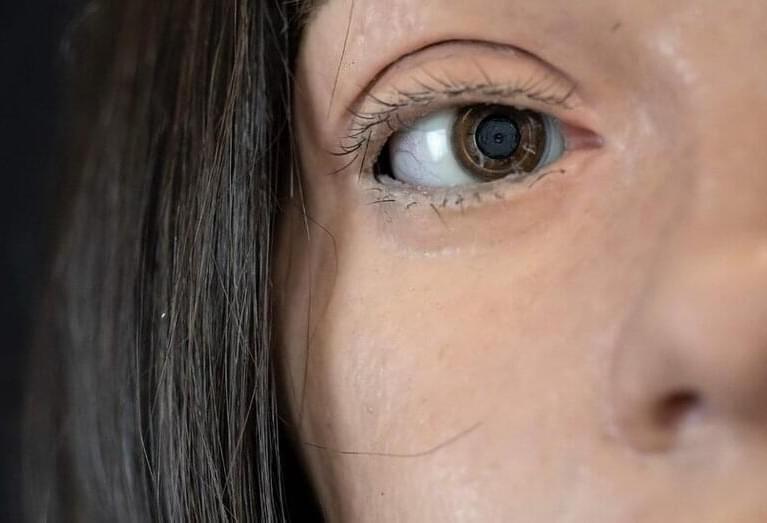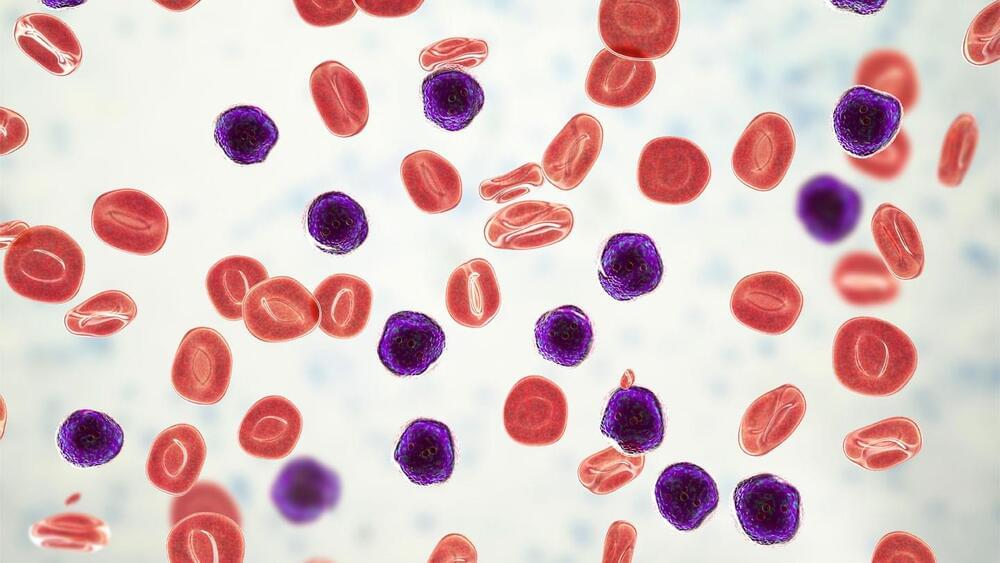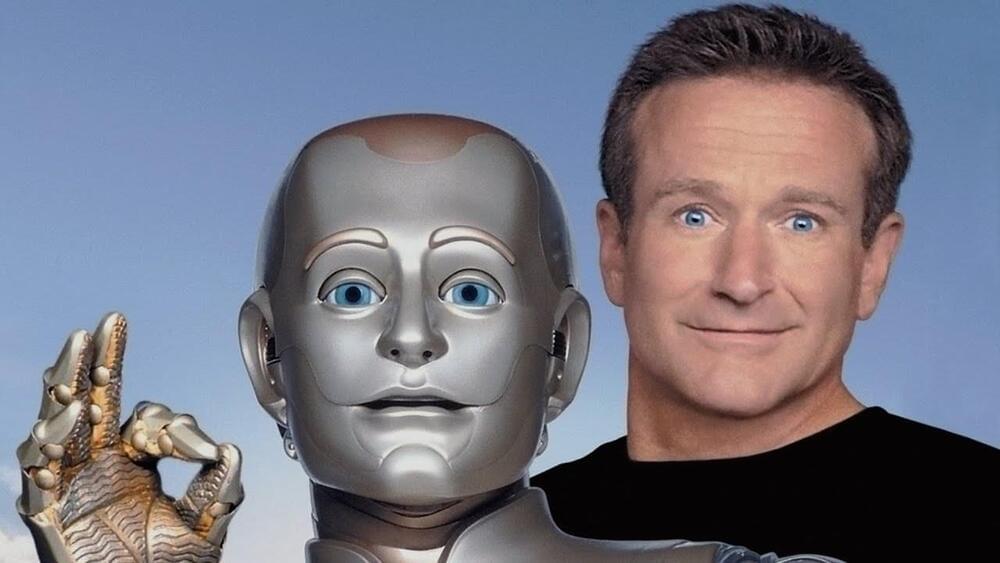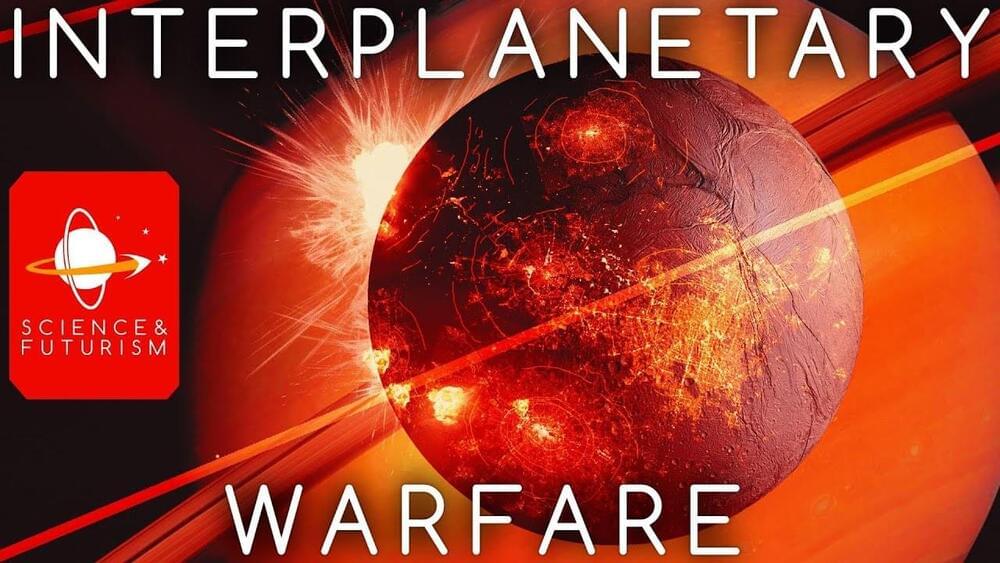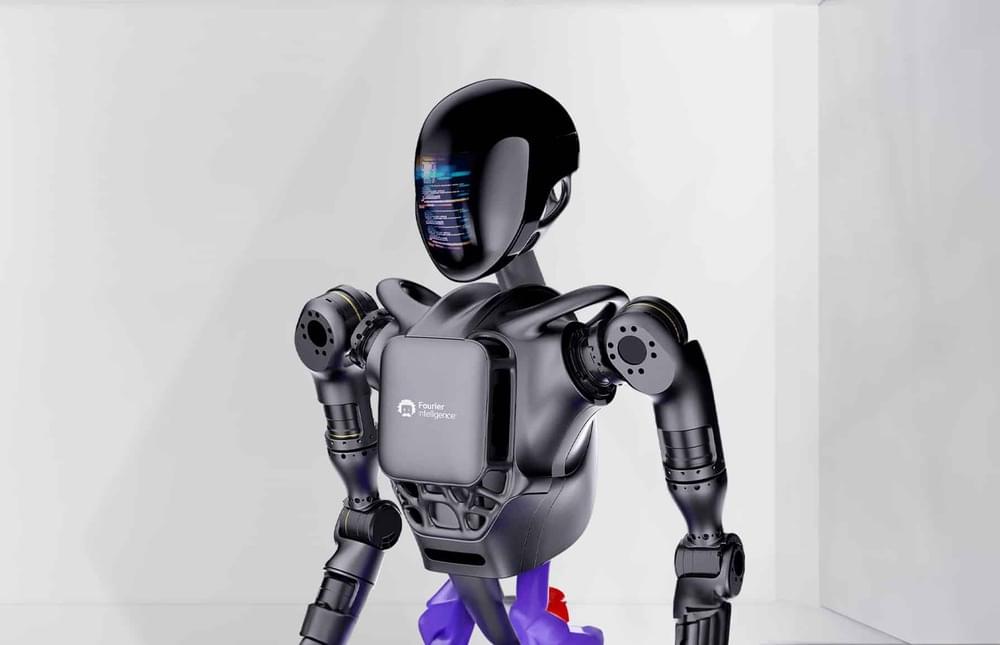Sep 20, 2023
Copper-infused nanocrystals boost infrared light conversion
Posted by Omuterema Akhahenda in categories: energy, engineering, nanotechnology, sustainability
Sunlight is an inexhaustible source of energy, and utilizing sunlight to generate electricity is one of the cornerstones of renewable energy. More than 40% of the sunlight that falls on Earth is in the infrared, visible and ultraviolet spectra; however, current solar technology utilizes primarily visible and ultraviolet rays. Technology to utilize the full spectrum of solar radiation—called all-solar utilization—is still in its infancy.
A team of researchers from Hokkaido University, led by Assistant Professor Melbert Jeem and Professor Seiichi Watanabe at the Faculty of Engineering, have synthesized tungstic acid–based materials doped with copper that exhibited all-solar utilization. Their findings are published in the journal Advanced Materials.
“Currently, the near-and mid-infrared spectra of solar radiation, ranging from 800 nm to 2,500 nm, is not utilized for energy generation,” explains Jeem. “Tungstic acid is a candidate for developing nanomaterials that can potentially utilize this spectrum, as it possesses a crystal structure with defects that absorb these wavelengths.”
